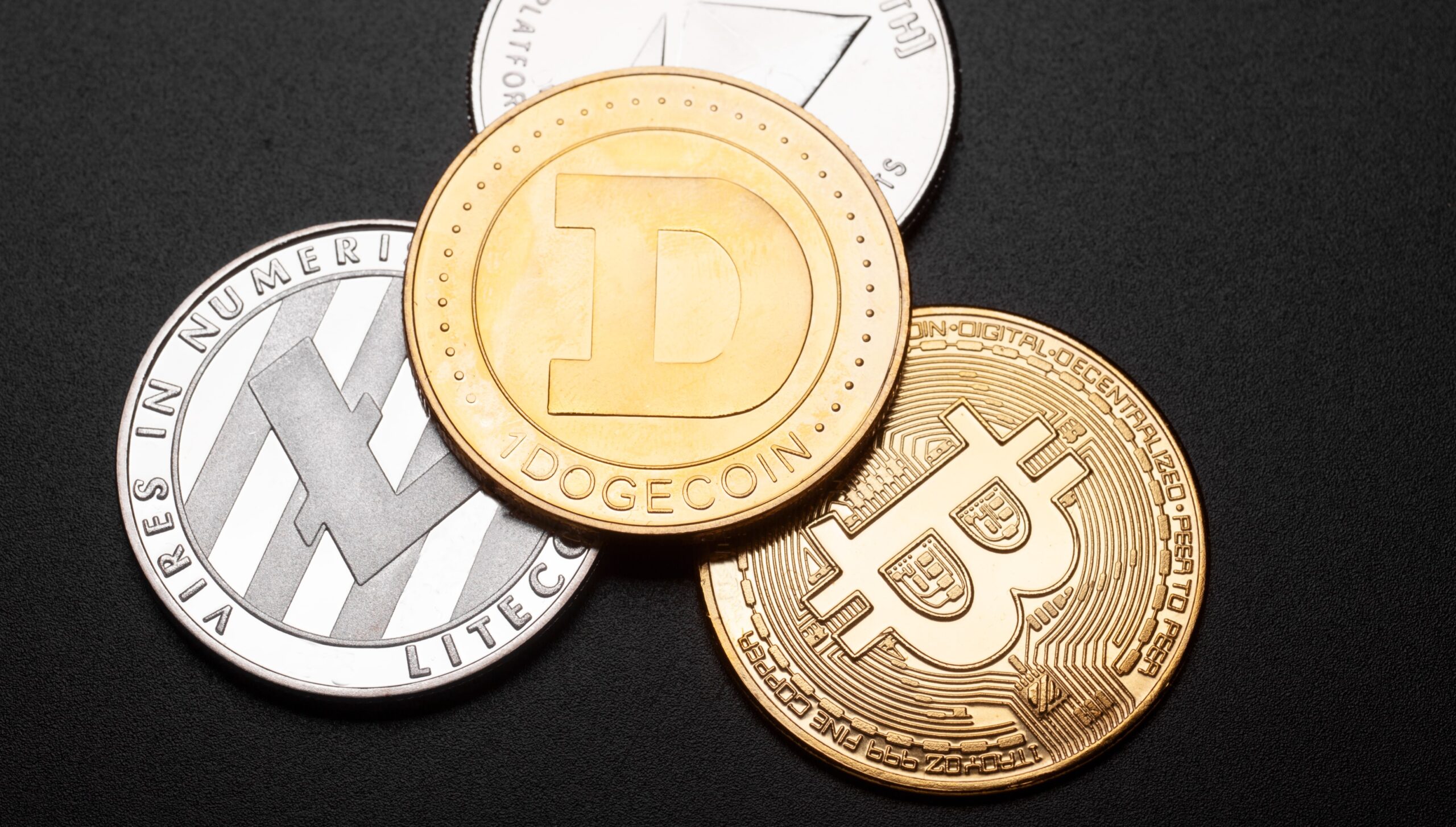Decrypting the Basics of Cryptocurrency: Your Ultimate Guide to Digital Assets Journeying into the realm of cryptocurrency can feel like entering an intricate maze—a world of complex technologies, revolutionary financial concepts, and thriving communities. Whether you’re an experienced crypto enthusiast or a complete novice, understanding the fundamental principles is empowering and crucial in navigating this innovative space. After all, cryptocurrency isn’t merely about investing in digital assets; it’s a cultural and technological phenomenon reshaping how we perceive and interact with money, the economy, and trust.
In this comprehensive guide, we will shed light on key aspects of cryptocurrency, breaking down everything from its inception to the practicalities of launching your crypto investment portfolio. With expert insights, historical perspectives, and practical tips at your disposal, you’ll gain a solid grounding in the subject to help you make informed decisions and ultimately leverage the potential of this groundbreaking digital revolution.

Unlocking the Enigma: An Introduction to Cryptocurrency
Cryptocurrency, often referred to as “crypto,” is a digital or virtual form of currency that utilizes cryptography for secure transactions, control the creation of new units, and verification of asset transfers. Unlike traditional currencies such as dollars or euros, cryptocurrencies operate independently of central banks. They also function on decentralized networks based on blockchain technology, which ensures a high level of security and transparency in financial transactions.
At its core, cryptocurrency is a testament to the power of decentralized control. It offers an alternative vision of money, where monetary policies and decisions are driven by network consensus algorithms rather than centralized authorities. This shift in control from institutions to the individual has profound implications for the economy. Enthusiasts herald it as a democratizing force, while skeptics warn of risks and uncertainties that come with such disruptive change.
The Significance of Cryptocurrency
The significance of cryptocurrency lies not only in its role as a potential investment vehicle but also in the innovative framework it provides for secure digital transactions. Crypto advocates believe these assets will one day become the backbone of the financial system, creating a more inclusive global economy. Additionally, cryptocurrency embodies the principles of financial sovereignty and offers a refuge from traditional financial systems that are prone to manipulation and censorship.
Cryptocurrencies are further lauded for their utility in diverse applications, including smart contracts, decentralized finance (DeFi), and non-fungible tokens (NFTs), each expanding the frontier of digital interactions and value exchange.
The Genesis Block: A Walk Through Cryptocurrency History
To grasp the present and future of cryptocurrency, it’s crucial to revisit its humble beginnings. The concept of digital currency predates Bitcoin, the first and most well-known cryptocurrency, by decades. The groundwork for cryptocurrencies was laid as far back as the 1970s, with the introduction of cryptographic techniques aiming to secure digital communications.
However, the true watershed moment arrived in 2009 with the creation of Bitcoin by the pseudonymous Satoshi Nakamoto. The release of the Bitcoin white paper and the subsequent mining of the genesis block marked the beginning of a new era—one governed by decentralized currency and untethered from traditional financial frameworks.

Key Milestones in Cryptocurrency Development
- The Early Experiments: Before Bitcoin, there were several attempts at creating digital currencies, such as E-gold and Liberty Reserve. These early forms, however, were still centralized, which meant they were vulnerable to regulatory actions and single points of failure.
- The Bitcoin White Paper: Satoshi Nakamoto’s publication of the Bitcoin protocol in 2008 laid the groundwork for a peer-to-peer electronic cash system.
- The Genesis Block: Mined in January 2009, the first block—known as the genesis block—represents not just the birth of Bitcoin but the inception of the entire cryptocurrency market.
- The Rise of Altcoins: In Bitcoin’s wake, numerous alternative digital currencies, or “altcoins,” emerged, each with its variations and unique selling points, further diversifying the crypto market.
- The ICO Boom: The mid-2010s witnessed the explosion of Initial Coin Offerings (ICOs), a method of fundraising that allowed projects to create and distribute their digital tokens, leading to both innovations and controversies.
By understanding the historical context, stakeholders today can appreciate the extent of transformation that has already taken place and that which is yet to come.
The Mechanisms of the Crypto Universe
Blockchain technology is the bedrock upon which the crypto universe stands. This distributed ledger system underpins how cryptocurrency functions, addressing the “double-spending” problem—where the same digital asset is fraudulently spent more than once—without the need for a trusted intermediary.
The Blockchain Breakdown
- Decentralization: Blockchain is a decentralized system, meaning it operates without a central authority. This, in turn, requires consensus mechanisms—Proof of Work (PoW) for Bitcoin and Proof of Stake (PoS) for others—that are critical to verifying and adding transactions to the blockchain.
- Transparency: All blockchain transactions are open to all participants in the network. This transparency is a foundational element of trust in the system.
- Immutability: Once recorded, the data in any given block cannot be altered without the alteration of all subsequent blocks, which requires the consensus of the network majority.
Mining and Validation
For cryptocurrencies that utilize a Proof of Work mechanism, ‘miners’ play a crucial role. They compete to solve complex mathematical puzzles to validate transactions and are rewarded with new cryptocurrency tokens. This process not only secures the network but also regulates the distribution of new coins.
An Assortment of Alts: The Varied World of Cryptocurrencies
While Bitcoin may be the most prominent cryptocurrency, there is a vast and diverse array of digital currencies, each with its use cases, technologies, and communities. From Ethereum to Ripple, these “altcoins” cater to a spectrum of functionalities and philosophies.
The Cryptographic Currency Catalog
- Bitcoin (BTC): The pioneer of cryptocurrency, Bitcoin paved the way for the entire market. It is often seen as a store of value and a hedge against traditional financial systems.
- Ethereum (ETH): Renowned for its smart contract capabilities, Ethereum enables developers to create their decentralized applications (dApps) that can execute complex self-enforcing contracts without intermediaries.
- Ripple (XRP): A platform aimed at facilitating global financial transactions, particularly for large enterprises and banking networks.
- Litecoin (LTC): Often described as the ‘silver to Bitcoin’s gold,’ Litecoin was designed to be faster and cheaper to transact.
- Cardano (ADA): Known for its focus on sustainability, scalability, and interoperability, Cardano aims to provide a platform for the deployment of dApps and smart contracts.
- Polkadot (DOT): Polkadot is a multi-chain blockchain platform that enables different blockchains to transfer messages and arbitrary data and do transactions.
Each cryptocurrency brings its set of potential advantages and weaknesses, which investors should carefully consider when crafting their portfolios.
The Secure Vaults and Digital Wallets: Initiating in Crypto
Getting started with cryptocurrency may seem daunting, but it’s a process that millions have successfully navigated. From purchasing your first digital coin to safeguarding your investment, here’s a comprehensive step-by-step guide to beginning your crypto adventure.
Paving Your Path to Crypto Investment
- Educate Yourself: Before investing, understand the cryptocurrency you’re interested in—its technology, use cases, and market trends.
2. An error occurred during generation.

